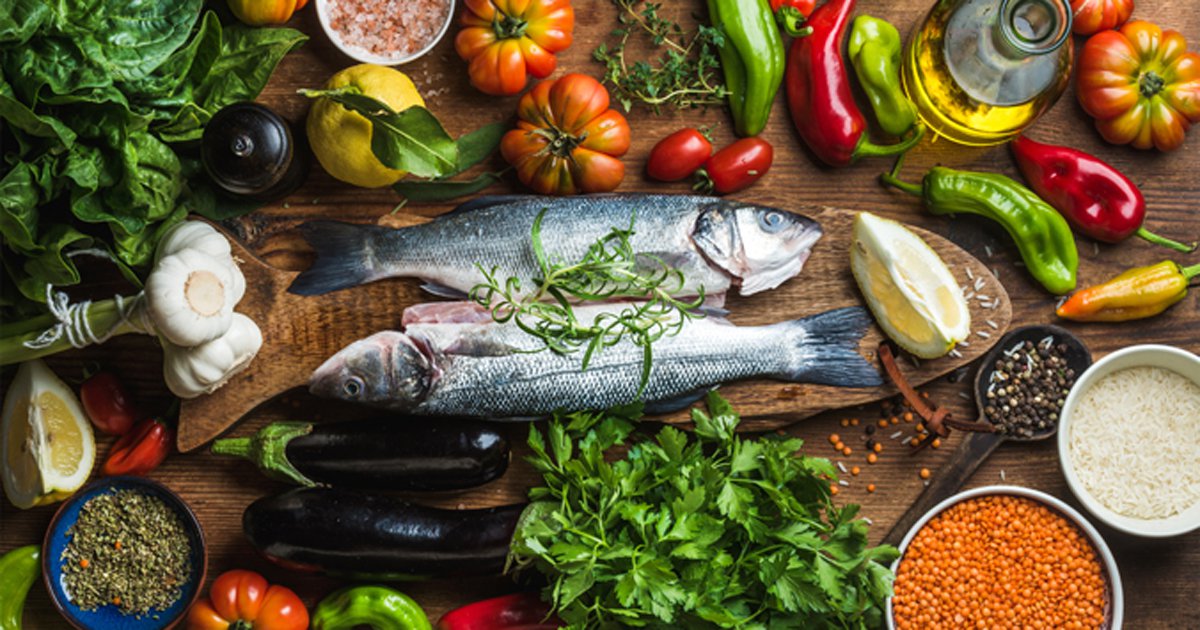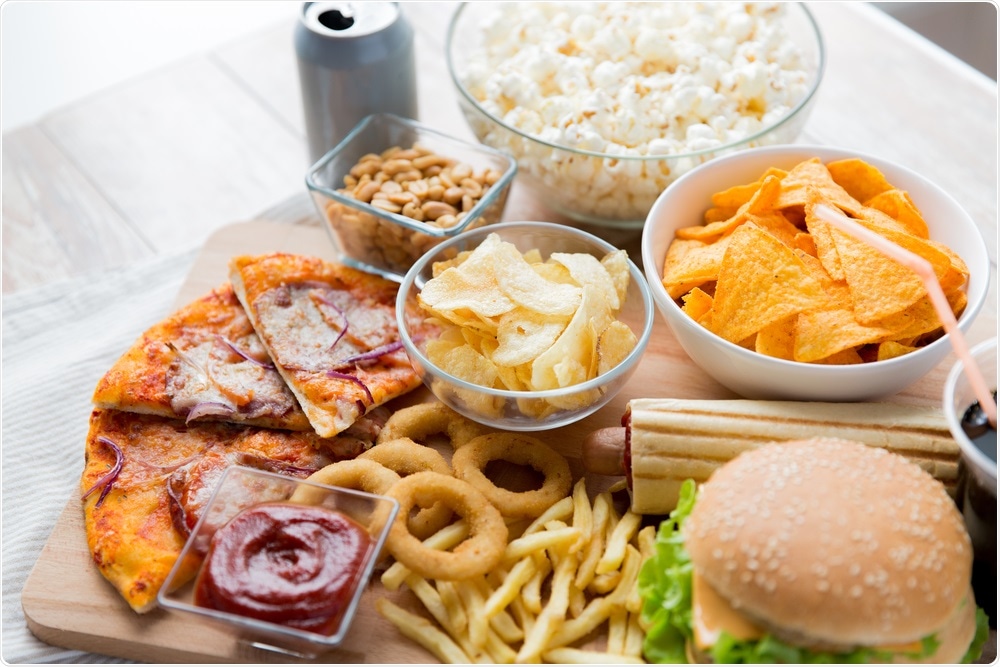
There are many things you can eliminate from your diet. While eating too much of some foods can be detrimental to your health, others are essential. When it comes to weight gain, sugar and refined carbs are the most prevalent culprits. You can also try to avoid processed meats as well as processed sugars. You can also eat healthier food. You can eat whole grain bread as a breakfast alternative to white bread. Instead of sweetening your oatmeal with sugar, you can try substituting grilled vegetables for it.
A great way to cut down on sugar intake and empty calories is to eat more fruits and vegetables. A variety of fruits and veggies have many health advantages and are high in antioxidants. Reduce how much sugar you drink in tea or coffee. For a more flavorful cup of tea, add lemon or ginger to it. Added sugars and preservatives should make up less than 5% of your energy intake.
It is best to cut out processed foods if you want to lose weight. Sugar is a natural ingredient in many foods. It is impossible to completely eliminate it from your diet. It has been linked with diabetes and heart disease. Avoid canned and packaged foods. Also, avoid fast-food outlets. And if you want to feel full and energetic, eat whole-grain and whole-wheat foods.

Cut out junk food, sugary drinks, and other unhealthy foods is the first step in losing weight. You will feel happier, save money, and improve your overall health. Snacks can be made from healthy foods and not junk food. This will prevent you overeating later in your day. If you're trying to avoid the temptation to eat too much, try to substitute your regular snacks with a snack.
Next, you need to eliminate processed meat from your diet. This is one reason that high blood pressure and obesity are so common. By cutting out these foods, you'll be able to lose a significant amount of weight and improve your health. You should also avoid high-calorie, sugary foods.
Hidden sugars pose another major problem for sugar consumption. Hidden sugars can cause cancer and aren’t necessarily unhealthy. This is why you should try to eliminate hidden sugars, such as unsweetened applesauce and unsweetened fruits purees. Hidden sugars should be avoided. Hidden sugars can be found in instant oatmeal, breakfast cereals, and certain processed sauces and salad dressings.
High amounts of added sugar can lead to high calories. They are very filling and tend to be very full. To cut out these foods from your diet, you should look for foods that are low in sugar. You must also eliminate high-fat foods. High-fat granola bars are a good example. You can substitute granola bars for sweetened ones with fruit-based Granola.

Eating breakfast every morning is another habit that you should establish. Avoiding breakfast can cause you to eat less throughout the day. It is therefore important to include breakfast in your daily schedule. Regular breakfast eaters have lower BMIs. They are also more productive at school, work and in the boardroom. You will feel fuller all day by eating whole grains cereal and low-fat dairy.
Even if you aren't sure about how to cut out a particular food, remember that there are some general rules that you can follow. It is important to avoid looking at images of unhealthy food on social networking sites. Studies have shown that looking at unhealthy food photos can increase hunger hormones, even if it's not something you want to eat. This means you need to limit your intake of carbohydrates.
FAQ
What's the difference between a virus & a bacterium?
A virus is a microscopic organism which cannot reproduce outside of its host cell. A bacterium can be described as a single-celled organism which reproduces by splitting in two. Viruses can be as small as 20 nanometers, while bacteria can grow up to 1 micron.
Viruses are usually spread through contact with infected bodily fluids, including saliva, urine, semen, vaginal secretions, pus, and feces. Bacteria are usually spread through direct contact with contaminated objects or surfaces.
Viruses can get into our bodies through cuts and scrapes on the skin, bites, and other injuries. They can also be transmitted through the eyes, nose, mouth, ears, rectum, and anus.
Bacteria can enter our bodies through wounds, cuts, scrapes, burns, insect stings, or other breaks in our skin. They can also get into our bodies via food, water or soil.
Viruses and bacteria both cause illness. But viruses do not have the ability to multiply within their hosts. They infect only living cells, causing illness.
Bacteria can cause illness by multiplying in the body. They can spread to other parts of our bodies. Antibiotics are needed to eliminate them.
What should I eat?
Eat lots of fruits and vegetables. These fruits and vegetables are high in vitamins, minerals, which can help you keep your immune systems strong. Fruits and veggies are also high in fiber, which makes them filling and helps with digestion. Try to include at least five servings of fruit and veg per day.
You should also drink lots of water. Water helps flush toxins out of your body and makes you feel fuller between meals. Drink about eight glasses each day.
Choose whole grains over refined grains. Whole grains retain all nutrients including B vitamins, iron and zinc as well as calcium, magnesium, calcium, protein, and magnesium. Refined grains lack some nutrition.
Avoid sugary beverages. Sugary drinks are loaded with empty calories and contribute to obesity. Instead, choose water, milk, and unsweetened tea.
Avoid fast food. Fast food has very low nutritional value. Although it may taste delicious, fast food won't provide you with the energy you need for your daily activities. Choose healthier options like salads, soups and sandwiches as well as pasta dishes.
Limit your alcohol intake. You can reduce your intake of alcohol by limiting the amount of empty calories. Limit your intake of alcohol to two drinks per week.
Red meat consumption should be reduced. Red meats contain high amounts of saturated fats and cholesterol. Instead, choose lean cuts of beef and pork, lamb, chicken or fish.
Do I need calories to count?
You might be asking "What is the best diet?" or "is counting calories necessary?" It depends on many factors such as your current health, personal goals, preferences, and overall lifestyle.
The Best Diet for me - Which One Is Right for You?
The best diet for me depends on my current health status, my personal goals, my preferences, and my overall lifestyle. There are many options, both good and bad. Some diets work better than others. What should I do? How do I make the right decision?
These are the questions that this article attempts to answer. It begins with an overview of the different diets today. Then, the pros and cons of each type of diet are discussed. The final step is to determine which one is right for you.
Let's first take a look at different diets.
Diet Types
There are three types of diets available: ketogenic, high-protein, and low fat. Let's discuss them briefly below.
Low Fat Diets
A low fat diet means a diet that reduces the intake of fats. This is achieved through reducing intakes of saturated fats (butter and cream cheese, for example). You can replace them with unsaturated oils (olive oil and avocados) Low fat diets are often recommended to those who wish to lose weight quickly. This diet can cause constipation, heartburn, and stomach problems. If a person doesn’t receive enough vitamins from their foods, this can lead to vitamin deficiency.
High Protein Diets
High protein diets reduce carbohydrates to favor of proteins. These diets have higher protein levels than other diets. These diets are designed to build muscle mass and help you burn more calories. One problem is that they might not be sufficient to provide regular nutrition. They can also be very restrictive so they may not be suitable for everyone.
Ketogenic Diets
Ketogenic diets can also be known as keto diets. They are high in fat and moderate in protein and carbs. These are often used by bodybuilders and athletes because they allow them the ability to train harder and for longer periods of time without feeling tired. But, they require strict adherence to avoid negative side effects like nausea, headaches, and fatigue.
What are the 10 most delicious foods?
These are the 10 best foods you can eat:
-
Avocados
-
Berries
-
Broccoli
-
Cauliflower
-
Eggs
-
Fish
-
Grains
-
Nuts
-
Oats
-
Salmon
Statistics
- WHO recommends consuming less than 5% of total energy intake for additional health benefits. (who.int)
- According to the Physical Activity Guidelines for Americans, we should strive for at least 150 minutes of moderate intensity activity each week (54Trusted Source Smoking, harmful use of drugs, and alcohol abuse can all seriously negatively affect your health. (healthline.com)
- This article received 11 testimonials and 86% of readers who voted found it helpful, earning it our reader-approved status. (wikihow.com)
- WHO recommends reducing saturated fats to less than 10% of total energy intake; reducing trans-fats to less than 1% of total energy intake; and replacing both saturated fats and trans-fats to unsaturated fats. (who.int)
External Links
How To
What does the "vitamins” word mean?
Vitamins can be described as organic compounds found in food. Vitamins are necessary for us to absorb nutrients in the foods we consume. Vitamins cannot come from the body so food must provide them.
There are two types of vitamins: water soluble and fat soluble. Water soluble vitamins dissolve easily in water. These include vitamin C (thiamine), Vitamin B1 (riboflavin), Vitamin B2 (riboflavin), Vitamin B3 (niacin), Vitamin B6 (pyridoxine), Vitamin C, B1 (thiamine), Vitamin B2 (riboflavin), Vitamin B3 (niacin), and Vitamin B6 (pyridoxine). Fat-soluble vitamins can be stored in the liver or in fatty tissue. Some examples include vitamin D and E, K, A and beta carotene.
Vitamins are classified according to their biological activity. There are eight major categories of vitamins.
-
A - Essential for healthy growth and health maintenance.
-
C – essential for proper nerve function.
-
D - essential for healthy bones, teeth, and gums.
-
E is required for good vision and reproduction.
-
K - required for healthy muscles and nerves.
-
P - vital for building strong bones andteeth.
-
Q - aids digestion and absorption of iron.
-
R - Required for red blood cell production
The recommended daily allowance of vitamins (RDA), varies according to age, gender, physical condition, and other factors. The U.S. Food and Drug Administration has established the RDA values.
For adults aged 19 and older, the RDA for vitamin B is 400 micrograms daily. Pregnant mothers need 600 micrograms per days because it is vital for the development and growth of their baby. Children ages 1-8 require 900 micrograms per day. Infants under one year of age require 700 micrograms per day, but this amount decreases to 500 micrograms per day between 9 months and 12 months of age.
Children between the ages 1--18 years old who are overweight or obese require 800 micrograms per Day, while those who are overweight or obese need 1000 micrograms. To meet their nutritional needs, children underweight and obese require 1200 micrograms a day.
2200 mg of vitamin A per day is required for children aged 4-8 who have been diagnosed by anemia.
2000 micrograms are required daily for good health in adults over 50. Women who are pregnant or breastfeeding need 3000 micrograms per day due to increased nutrient requirements.
Adults over 70 need 1500 micrograms daily, as they lose 10% of their muscle every ten years.
Women who are pregnant or nursing need more than the RDA. Pregnant woman need 4000 micrograms daily in pregnancy, and 2500 per day after childbirth. Breastfeeding mothers need to consume 5000 micrograms every day when breastmilk has been produced.